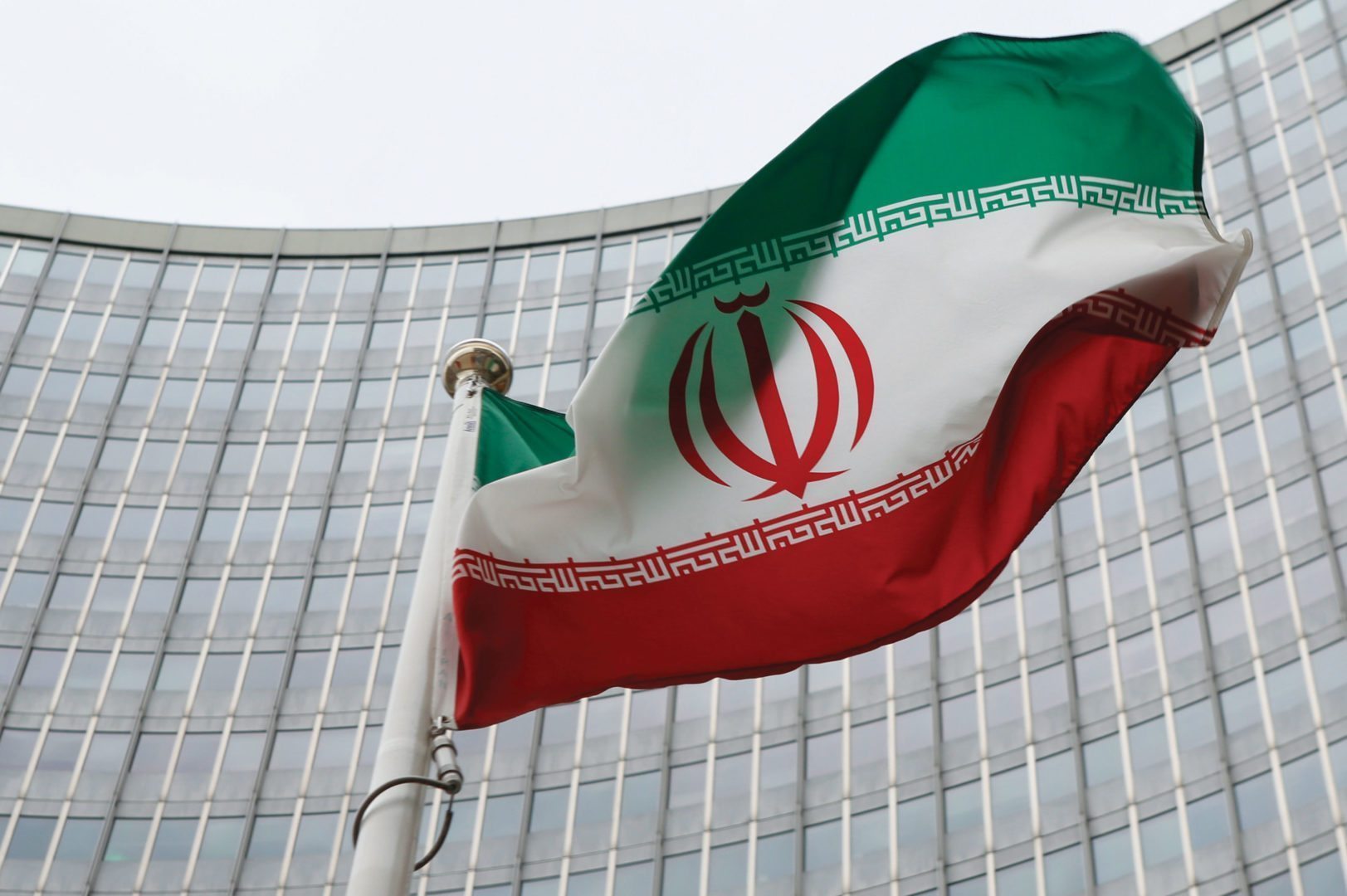

 |
US president Donald Trump’s withdrawal from the Iran nuclear deal on May 8 has scuppered what little chance there was of Iran becoming a new beacon for energy investment in the region. Since the nuclear agreement was signed in 2015, the Islamic Republic has tried hard to attract international oil companies to commit to developing its vast oil and gas resources, but so far few have been able to turn the memorandums of understanding into real contracts.
 Tehran was pinning its hopes on the EU in its efforts to skirt the new US sanctions. Europe is a key outlet for Iranian oil, taking about 700,000 barrels a day (b/d), or a third of its exports, but now its buyers have until 4 November to wind down their purchases before US sanctions kick in.
Tehran was pinning its hopes on the EU in its efforts to skirt the new US sanctions. Europe is a key outlet for Iranian oil, taking about 700,000 barrels a day (b/d), or a third of its exports, but now its buyers have until 4 November to wind down their purchases before US sanctions kick in.
Most analysts surveyed by Platts expect an immediate impact of less than 200,000 b/d of Iranian crude shut in, rising to 500,000 b/d after six months as the deadline nears. But some say the disruption could be closer to 1 million b/d.
Upstream impact
In the longer term, it will also have a major impact on upstream development. A number of European companies have also signed agreements to help Iran develop its oil and gas sector. The biggest of these is France’s Total, which agreed to spend billions of dollars developing a new phase of the giant South Pars offshore gas field. The companies are seeking waivers from the US, since the deals were signed before Trump pulled out of the deal, but there is little sign that Washington will oblige.
One of Iran’s biggest upstream development plans is to boost crude oil production at the 155,000 b/d Azadegan field to as much as 750,000 b/d, a 500 per cent increase. A tender for the development of the field was originally planned for last year, but Tehran delayed it to allow more oil companies to participate. China National Petroleum Corporation, Total, Shell and Inpex are among the oil companies that had been vying for its development.
 The withdrawal of firms such as Total and Italy’s Eni could leave Iran dependent on Russian and Chinese companies to help develop its oil and gas fields, but even these deals will bring in only a fraction of Iran’s oil and gas investments needs, which the Oil Ministry puts at about $200bn.
The withdrawal of firms such as Total and Italy’s Eni could leave Iran dependent on Russian and Chinese companies to help develop its oil and gas fields, but even these deals will bring in only a fraction of Iran’s oil and gas investments needs, which the Oil Ministry puts at about $200bn.
Iran’s plans to attract international investment to upgrade its downstream sector are also under threat. South Korean contractor Daelim Industrial pulled out of a major deal to build new facilities at the Esfahan refinery in June, citing the return of US sanctions on the country. Daelim had been in contact with South Korean and overseas companies to finance the $2bn project.
The Esfahan project was just one of a number of planned schemes to upgrade, rehabilitate and expand five of the refineries: Abadan, Bandar Abbas, Esfahan, Tabriz, and Tehran. Four new refineries are also planned, including Anahita, a 150,000 b/d plant, which will cost an estimated $4 billion. It is unlikely any will now be built in the near term.

This article is extracted from a report produced by MEED and Mashreq titled The Future of Middle East Energy. Click here to download the report
You might also like...

Rainmaking in the world economy
19 April 2024

Oman receives Madha industrial city tender prices
19 April 2024

Neom seeks to raise funds in $1.3bn sukuk sale
19 April 2024

Saudi firm advances Neutral Zone real estate plans
19 April 2024
A MEED Subscription...
Subscribe or upgrade your current MEED.com package to support your strategic planning with the MENA region’s best source of business information. Proceed to our online shop below to find out more about the features in each package.





